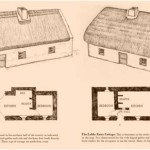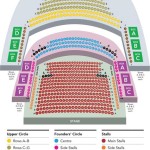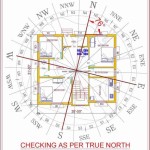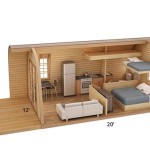Vastu Shastra Home Plans
Vastu Shastra, an ancient Indian architectural science, offers guidelines for designing and building harmonious living spaces. It emphasizes the balance of natural elements – earth, water, fire, air, and space – to create positive energy flow within a home. Integrating Vastu principles into home plans can enhance well-being, prosperity, and overall quality of life for residents.
A Vastu-compliant home plan considers the directional influences and energy fields within the site. The placement of rooms, entrances, and other structural elements is carefully determined to maximize positive energy and minimize negative influences. This holistic approach aims to create a living environment that supports physical, mental, and spiritual well-being.
The main entrance, considered the "mouth of the house," plays a crucial role in Vastu. East-facing entrances are generally preferred as they invite the morning sun, symbolizing positivity and prosperity. North-facing entrances are also considered auspicious, associated with opportunities and wealth. West and South-facing entrances are generally less favored, though remedies can be implemented to mitigate potential negative effects.
The placement of the kitchen is another key element in Vastu home plans. The southeast direction, governed by the fire element, is considered the ideal location for the kitchen. This placement is believed to promote healthy digestion and overall well-being. Northwest is another suitable direction for the kitchen. Northeast and southwest directions should be avoided for kitchen placement.
Bedrooms, spaces for rest and rejuvenation, are ideally located in the southwest direction. This placement is believed to promote restful sleep and overall health. Master bedrooms, in particular, are best situated in the southwest corner of the house. East and north directions are also suitable for bedrooms, particularly for children and guests.
Bathrooms and toilets are areas of waste disposal and should be located in the northwest or southeast directions. Placement in other directions, especially northeast and southwest, is considered inauspicious and can lead to health and financial problems. Proper ventilation is essential in these areas to ensure the efficient removal of negative energy.
The central portion of the house, known as the Brahmasthan, is considered the heart of the home. This area should be kept open and clutter-free to facilitate the free flow of positive energy throughout the house. Avoid placing heavy furniture or constructing pillars in this area. A courtyard or open skylight can enhance the positive energy of the Brahmasthan.
The northeast direction, governed by the water element, is considered auspicious for placing a water tank or underground water storage. This placement is believed to enhance prosperity and positive energy flow. Avoid placing the water tank in the southeast or southwest directions.
The study room or home office should ideally be located in the north, east, or northeast directions. These directions are associated with knowledge, wisdom, and concentration. Proper lighting and ventilation are important in these areas to create a conducive environment for learning and productivity.
The pooja room, a sacred space for prayer and meditation, should be located in the northeast corner of the house. This direction is considered the most auspicious for spiritual practices. The pooja room should be kept clean and clutter-free to maintain a peaceful and serene atmosphere.
Landscaping also plays a significant role in Vastu-compliant home plans. Trees are ideally planted in the south and west directions to provide shade and protection from harsh sunlight. Avoid planting large trees in the north and east directions as they can obstruct the flow of positive energy.
The shape of the plot and the house itself is important in Vastu. Square or rectangular plots are generally preferred, while irregular shapes are considered less auspicious. Similarly, the house itself should ideally have a symmetrical shape to maintain balance and harmony.
While these guidelines provide a general overview of Vastu principles for home plans, it’s crucial to consult with a qualified Vastu expert. They can provide personalized recommendations based on the specific site, individual needs, and other relevant factors.
Implementing Vastu principles in home plans is not about rigid adherence to rules but about creating a balanced and harmonious living environment that supports well-being and prosperity. A thoughtfully designed Vastu-compliant home can enhance the quality of life for its inhabitants.

Vastu Model Floor Plans For North Direction

The Science Of Vastu Shastra Way To Plan Your House Happho

House Plan According To Vastu Shastra N Plans Luxury

Vastu Model Floor Plan For East Direction

27 Best East Facing House Plans As Per Vastu Shastra Civilengi One Floor 2bhk Plan

25x25 North Face Home Design With Vastu Shastra House Plan And Designs Books
Gorgeous North Facing House Plans As Per Vastu Shastra

15 Best East Facing House Plans According To Vastu Shastra

N Vastu Plans

Vastu Shastra For Building Construction Benefits Tips And Limitations








